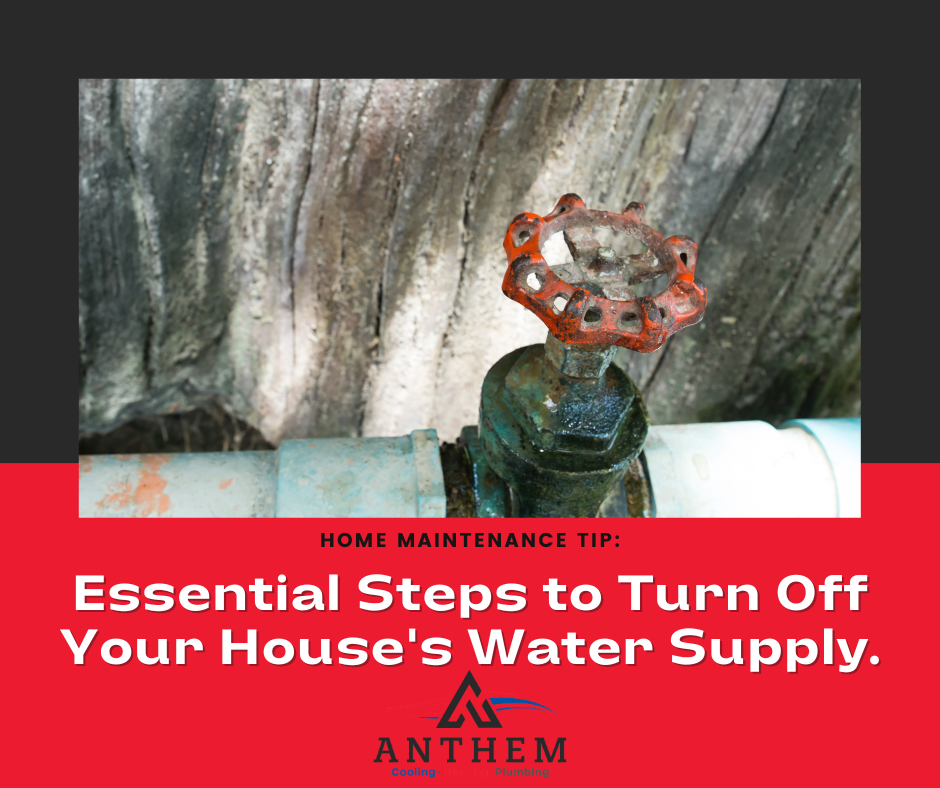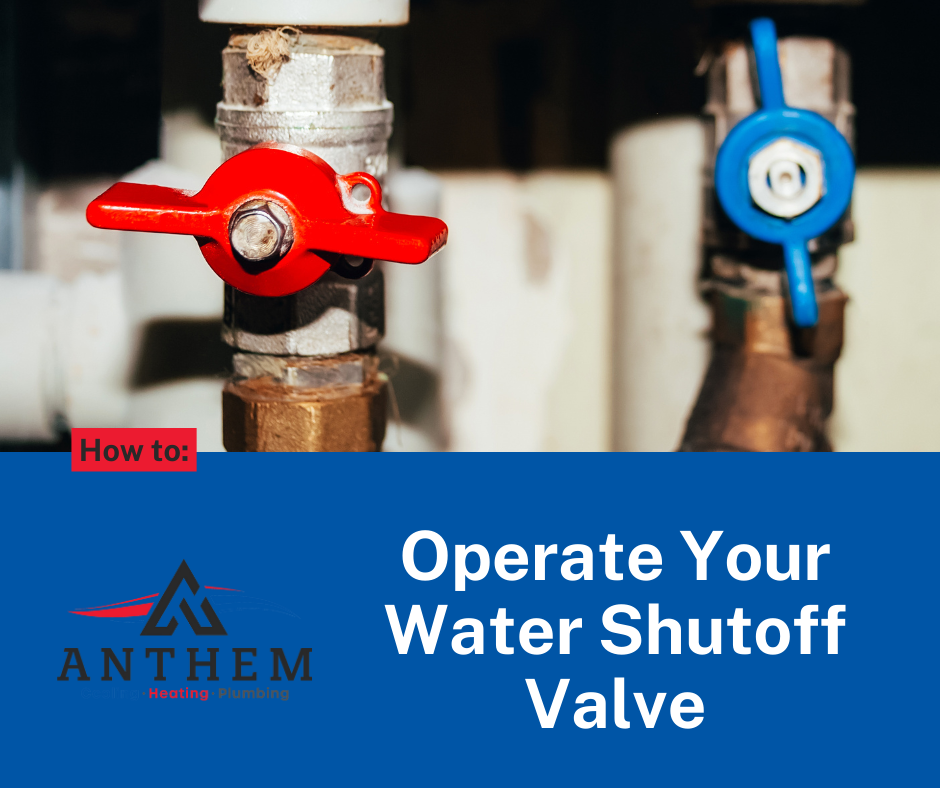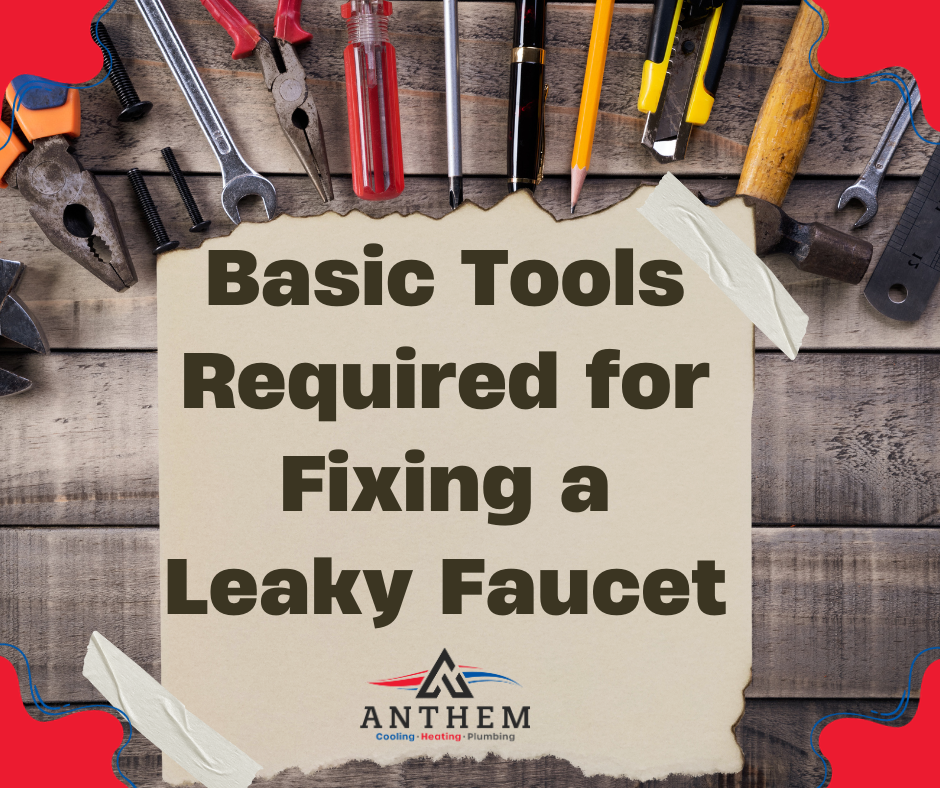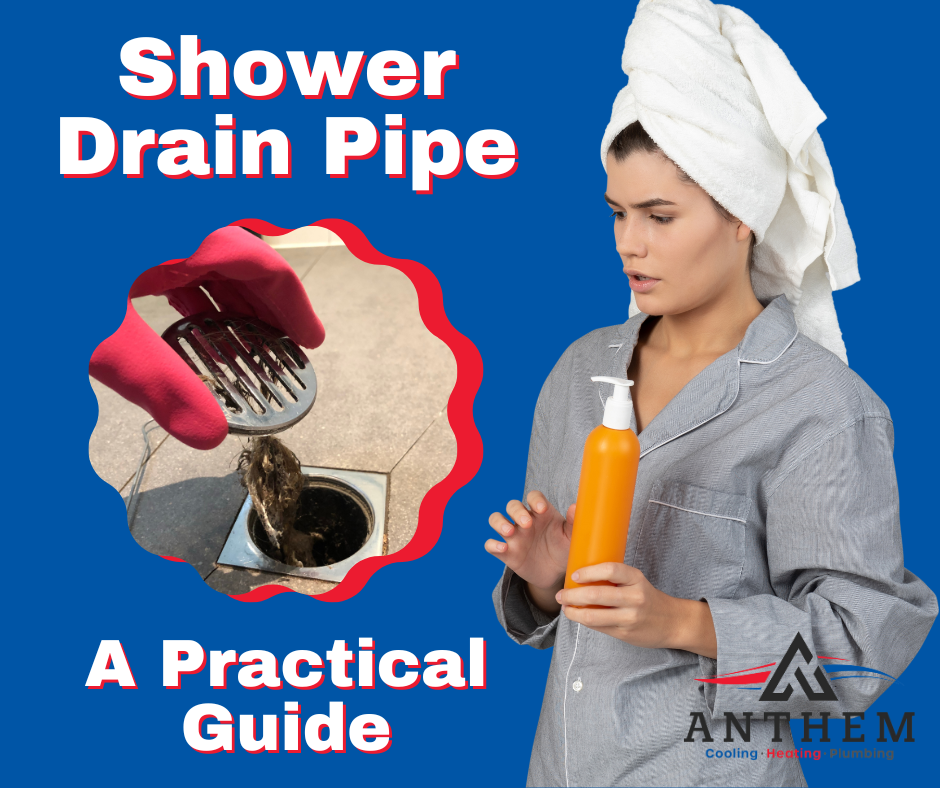Have you ever been by yourself on a relaxed Sunday afternoon, when out of the blue your peace is disrupted by the ominous sound of gushing water? Imagine the horror as you rush into your bathroom to find an angry geyser spouting from under your sink! That’s when it hits – the importance of isolation valves in plumbing systems. It’s like having a superhero living inside your pipes. A guardian angel ready to swoop in and save you from disastrous floods and sky-high repair bills.
We often take these little lifesavers for granted. Hidden behind walls or tucked away under sinks, they quietly perform their duties without fanfare. But once things go awry… well, let’s just say that we quickly realize how crucial they are!
We’re lifting the veil to reveal these hidden champions, illuminating just how crucial isolation valves truly are in our everyday lives.
Table Of Contents:
- Understanding the Role of Isolation Valves in Plumbing Systems
- Recommended Placement and Installation of Isolation Valves
- Familiarizing Yourself with Your Water Main and Isolation Valves
- Different Types of Isolation Valves and Their Applications
- Conclusion
Understanding the Role of Isolation Valves in Plumbing Systems
If you’ve ever needed to mend a dripping tap or change a broken pipe, then it’s likely that you have come across an isolation valve. These valves play a vital role in controlling water flow within your home’s plumbing system.
The Everyday Use of Isolation Valves

Typically left open, these essential components allow users to control water distribution effectively. They regulate the rate at which water flows through taps and other fixtures.
This functionality is due not only to their design but also their strategic placement within the piping network. For safety reasons and optimal performance, it’s crucial that they are correctly installed.
The Importance of Isolation Valves During Plumbing Maintenance
During servicing or replacement processes for fixtures like faucets or pipes, isolation valves can prevent leaks by stopping water flow entirely. When an unexpected pipe break occurs – something no homeowner wants to face – quick access to these valves can be lifesaving (literally).
A properly functioning valve will halt fluid movement swiftly when fully closed, making them incredibly valuable during emergency situations where immediate shut-off is required.
This is why regular maintenance checks of your isolation valves are a must. Remember, prevention is better than cure.
Recommended Placement and Installation of Isolation Valves
Proper placement of isolation valves can save you from a potential water disaster. These essential components, when installed correctly, give you the power to control your home’s water flow in case of a pipe break or during routine maintenance.
Locating Isolation Valves During Emergencies
Your home may already have isolation valves installed. But knowing where they are is half the battle. Common spots include under sinks and behind toilets. However, these aren’t always easy to spot. In an emergency situation like a sudden leak or burst pipe, being able to quickly locate these valves can be crucial for preventing more damage.
In general, it’s smart practice to familiarize yourself with your plumbing system layout before emergencies strike – including understanding where each valve is located. Here is an excellent resource on how to find them in common household setups.
The Need for Professional Installation
If no isolation valves are present (or if they’re just too darn hard to reach), then professional installation could be necessary – especially given their vital role during unexpected leaks or scheduled repairs. The cost varies based on factors such as complexity and location, but considering that early prevention saves time, money and stress down the line – it’s worth every penny.
A professionally-installed valve guarantees proper fit which not only makes sure that it does its job effectively but also helps prevent future issues due to its improper installation. Here is a guide to give you an idea of what the process involves.
Familiarizing Yourself with Your Water Main and Isolation Valves
Your water main is the highway of your home’s plumbing system, distributing water throughout your property. It’s a vital part of the infrastructure that works hand in glove with isolation valves to control and manage this distribution.
The Role of the Water Main in Water Distribution
Think about your water main as an interstate freeway for potable water. Operating under pressure, it delivers clean drinking water from municipal sources or wells directly into our homes.
Isolation valves play a crucial role here too. They are like exits off this highway allowing access to different areas of your house – be it kitchen sink, bathroom shower, or garden hose bibs. These manually operated devices let you cut off supply where needed without disrupting service elsewhere.
The Importance of Regular Check-ups for Your Isolation Valves
Maintaining these critical components isn’t hard but requires regular attention. Just like we check tire pressures before hitting the road on long trips, make sure all isolation valves operate smoothly and seal properly when closed.
This can help prevent potential leaks leading to costly repairs down the line (key stat: 13% increase in repair costs associated with delayed maintenance).
A reliable plumber will also assess their condition during routine inspections – remember prevention is always better than cure.
Schedule regular check-ups today, ensuring peace of mind knowing that if there’s ever a pipe break or other emergency situation you’ll have control over shutting down parts while still having running water available elsewhere.
Different Types of Isolation Valves and Their Applications
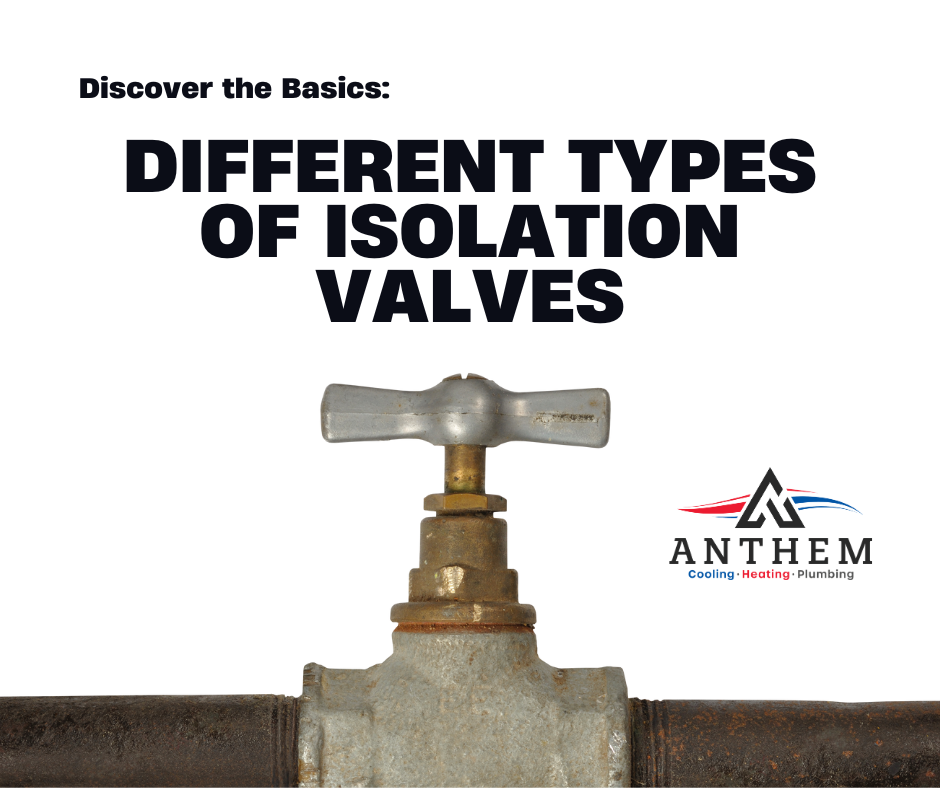
Isolation valves are crucial players in the world of plumbing. They regulate flow, whether it’s water or gas, through a system.
Ball Valves: The All-Rounder
Ball valves, recognized by their spherical disc and quarter-turn handle, offer excellent shut-off capabilities. Because they provide minimal pressure drop when fully open, they’re great for applications where fast flow rates are essential.
Gate Valves: Precision Control Artists
If you need precise control over fluid flow, gate valves might be your best bet. Using linear movement to lift or lower the valve stem changes the flow path within these stainless steel powerhouses.
Globe Valves: Masters of Flow Regulation
Globe valves, so named due to their globe-shaped bodies, contain regulating elements that can restrict or allow fluid passage depending on specific application needs. With more turns than a soap opera plotline from open to closed position – Globe is king.
The Butterfly Effect with Butterfly Valve
Last but not least comes our friend the butterfly valve – designed like a simple disk that rotates 90 degrees around its axis in order to start/stop fluid passing through it just like opening/closing the wings of butterflies. Used primarily as an isolation tool rather than regulation ones because guess what? These guys do an awesome job at saving water during operation due to low-pressure drop characteristics.
Conclusion
Don’t let a sudden plumbing mishap catch you off guard. Understanding the importance of isolation valves in plumbing systems can save your day, and possibly your wallet too.
You’ve learned about their role in controlling water flow and how they help during maintenance or emergencies. Remember that knowing where these valves are located is vital for quick action when needed.
Remember to have them professionally installed if not present already. Keep tabs on their functionality with regular check-ups, as a faulty valve could lead to unwanted surprises.
Awareness about different types of isolation valves like ball valves, gate valves, butterfly valves, and globe valves can also come in handy based on specific applications in your home’s system.
In conclusion: Stay vigilant. Be prepared. Know thy valve!




